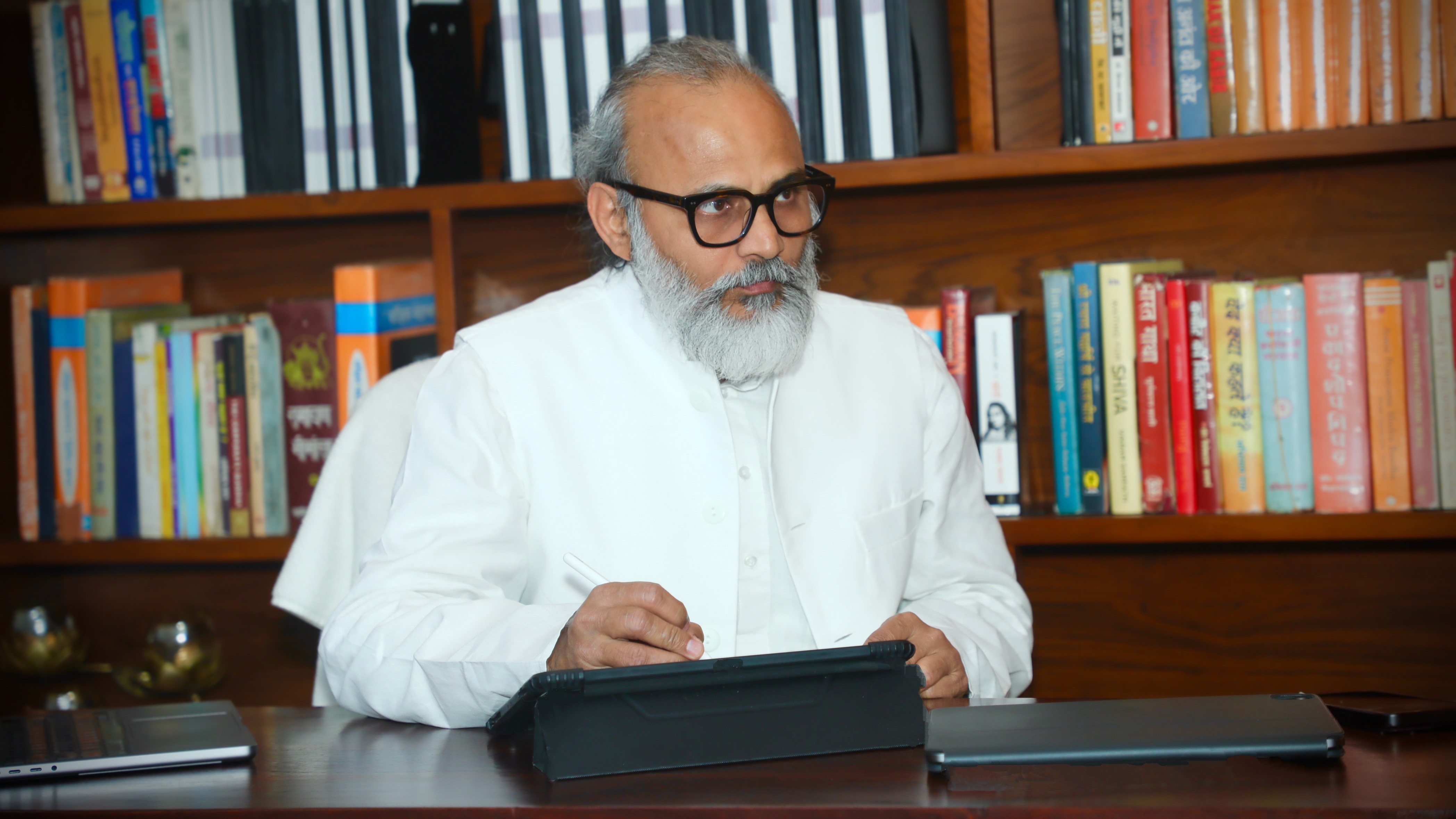
30-Day Meditation for Liver Health
10 months ago By Yogi AnoopYogi Anoop’s Experiments and Conclusions: The Impact of Meditation and Concentration on the Liver
In the science of yoga, the deep connection between the body and mind has been researched for centuries. Yogi Anoop’s recent experiments aim to understand in depth how meditation and concentration affect liver function. In this experiment, 100 individuals practiced meditation and specific concentration techniques, and the results demonstrated a remarkable improvement in liver function.
Objective of the Experiment
The primary focus of this study was to explore the interrelationship between meditation, the relaxation state of the brain through eye relaxation, and liver function. Additionally, the study aimed to determine whether digestion could be balanced through this method. Another key objective was to understand whether meditation and concentration could enhance liver function and whether the brain’s relaxation state could influence liver activity.
Through this experiment, Yogi Anoop sought to investigate:
• How does the liver and digestive system respond when the brain and eyes are in a relaxed state?
• Since there is a deep connection between the eyes and emotions, can relaxing the eyes help balance liver function and digestion?
• If eye strain increases pressure on the brain and liver, can relaxing the eyes help reduce acidity and digestive issues?
• Can the liver’s activity increase when the brain is in a relaxed state?
• Although this study did not include severe liver diseases, cases of fatty liver were considered.
Experimental Procedure
Yogi Anoop and his research team conducted meditation and concentration exercises on a group of 100 individuals over a period of 30 days. The following steps were implemented in the process:
• Practicing concentration while controlling the movement of the eyes and eyelids.
• Participants were trained to keep their eyes lightly stable while performing daily activities.
• They were instructed to wash their eyes with cold water 5 to 7 times a day.
• During meditation, they practiced lifting their eyeballs upward and holding them for a few moments before gradually releasing them.
• Before sleeping, participants either sat or lay in bed while lifting their eyeballs upward and slowly relaxing them for 11 to 21 minutes.
• A breathing technique (deep exhalation) known as Rechaka Kriya was incorporated, which was practiced for 21 minutes daily.
Role of Sushumna Nadi and Meditation
• The central focus of this experiment was the relaxation of the eyes and its impact on liver function.
• Some participants experienced that as their meditation deepened, the flow of energy in the body became more balanced, leading to improved digestion.
• However, since no specific technique was used to activate the Sushumna Nadi, it cannot be directly concluded that it played a role in influencing liver function.
Impact of Meditation on the Navel Region
• Although the navel region is considered the control center of the digestive system, no direct work was done on it in this experiment.
• Participants observed that when their eye muscles and brain relaxed, it had a positive impact on their stomach and diaphragm.
• This resulted in improvements in digestion and relief from gastric issues.
Results of the Experiment
After 30 days of practice, the following changes were observed:
• 40% improvement in liver function.
• No digestive problems were reported, and acidity medications were no longer needed.
• 80% improvement in sleep quality.
• Participants experienced increased energy levels and a sense of lightness in the body upon waking up.
• Significant reduction in issues like indigestion, heaviness in the head, heaviness in the stomach, and acidity.
• No weight loss was recorded, but participants reported feeling as if their body was completely free of any burden.
• A remarkable increase in mental stability and concentration, leading to enhanced self-satisfaction and mental clarity.
• 50% reduction in stress levels.
• 50% decrease in gastric issues and bloating.
• Snoring reduced by approximately 40%.
Conclusions and Precautions
These experiments should only be conducted under the guidance of a qualified guru, ensuring scientific accuracy and incorporating the guru’s experience. According to Yogi Anoop, there is a deep connection between meditation and liver function, but practicing it correctly is essential. If meditation is performed incorrectly, it can lead to stress and physical imbalance instead of benefits.
Precautions to consider:
• Improper meditation techniques may increase heart rate.
• If excessive stimulation occurs during meditation, it can put additional pressure on the liver.
• Yogi Anoop emphasized that meditation should always be practiced under the guidance of an experienced guru.
Do’s and Don’ts
✅ What to Do?
Practice meditation for at least 11 minutes daily and gradually increase the duration.
Avoid excessive strain on the body during meditation and focus on experiencing relaxation.
Practice only under the guidance of an experienced yoga guru.
What to Avoid?
Do not force concentration during meditation, as it can be harmful to both the liver and brain.
Over-focusing on the liver can disrupt its natural functioning.
Avoid practicing meditation techniques without proper guidance.
Yogi Anoop’s experiment has proven that meditation is not only crucial for mental peace but also has a profound impact on the body’s internal organs, particularly the liver and digestive system. If practiced scientifically, meditation strengthens the liver, balances the digestive system, and regulates the body’s overall energy.
Recent Blog
Copyright - by Yogi Anoop Academy
